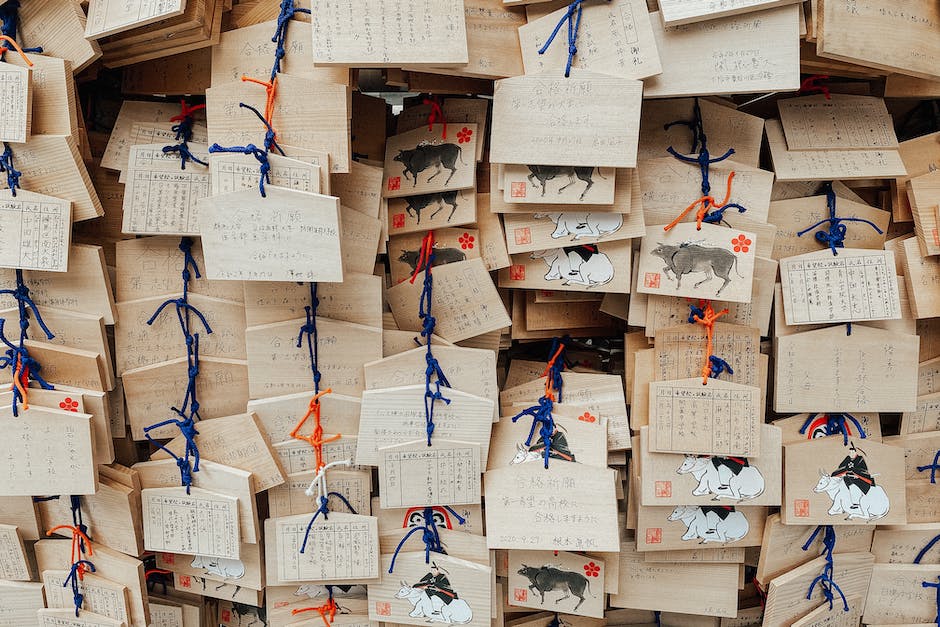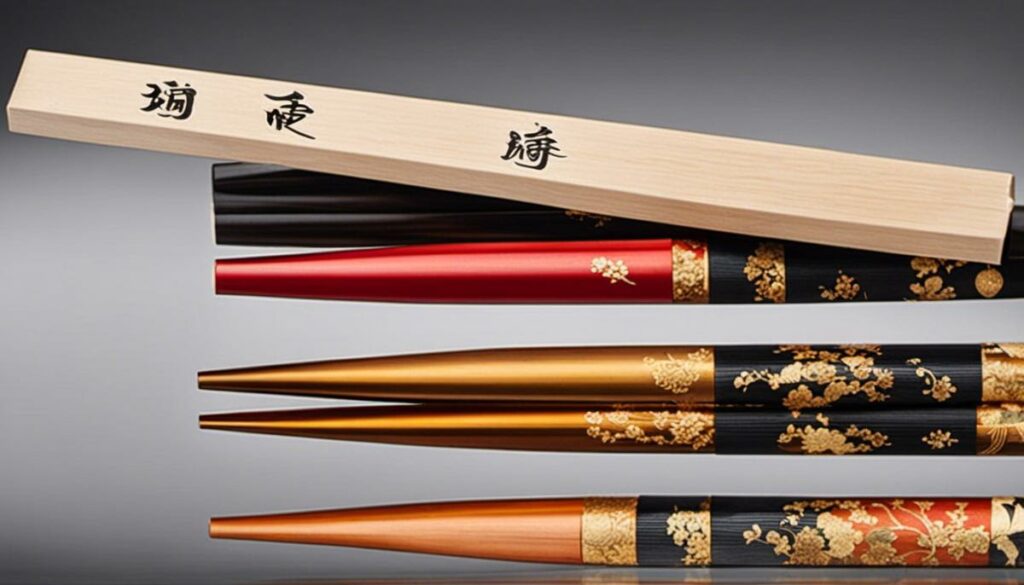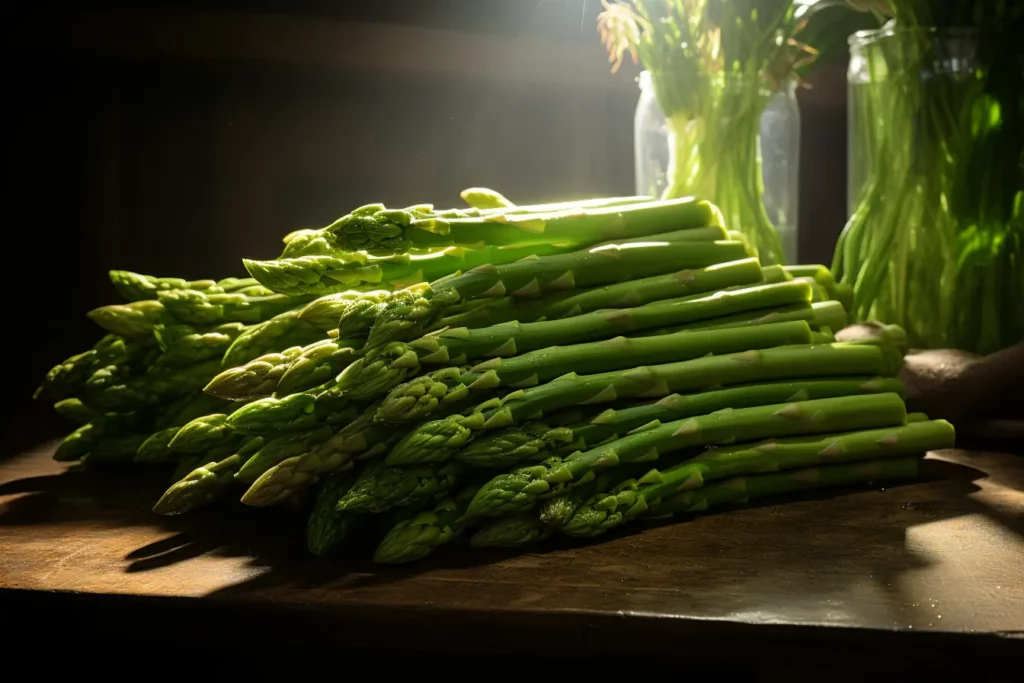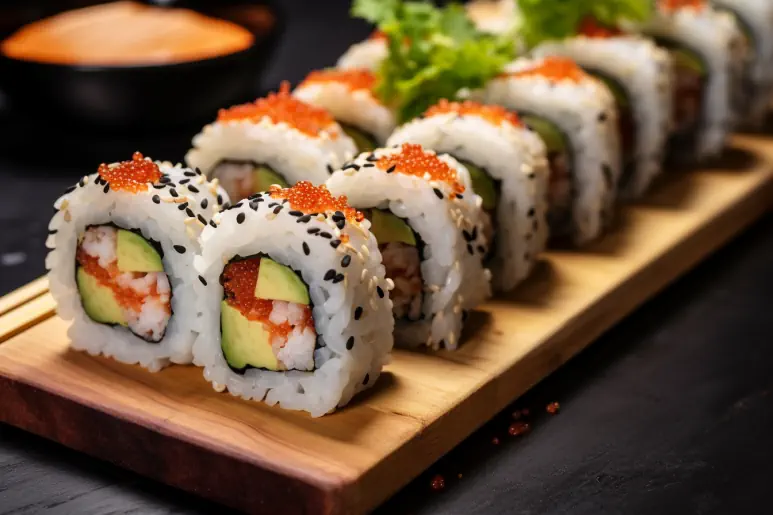Why do the Japanese choose seemingly complicated pointed chopsticks as a utensil for their culinary delights? The answer to this question is far from trivial, but imbued with cultural significance and practical sophistication. This essay aims to provide a comprehensive understanding of this fascinating tradition. We start with a historical observation to understand the origin of the specific shape of the rods. In the rest of the time, we will look at the symbolic relevance of this form in Japanese culture. In addition, we immerse ourselves in the mastery of craftsmanship that goes into the production of these unique dining instruments. And finally, we come to the conclusion that the special tip of the chopsticks is not only an expression of cultural identity, but also contributes significantly to the efficiency of the food. This shows that aesthetics and functionality are inextricably linked in this context.
The Original Function of Japanese Chopsticks
Every lover of aesthetic art of living knows that every detail is important. Every little element of our world has its own character and style. An essential detail that is often overlooked is the chopstick. Hopefully you have both hands ready, we will dive into the spectacular world of chopsticks!
Chopsticks have a long history dating back thousands of years. Originally, they were used as simple cooking tools and later evolved into an essential piece of cutlery. The characteristic pointed shape of chopsticks is not a coincidence, but a result of their original function.
In the early days, chopsticks were mainly used for cooking. They were used to stir, flip and move food while cooking – a brilliant purpose packed into simplicity. It is precisely here that the original function of the rods has influenced their distinctly pointed shape.
The pointed shape allowed users to pick up small pieces of food in boiling water or broth without burning their hands. Pointed and elegant, they have a precision that no other cutlery can match. Their sharp shape allows them to skewer and hold even the most delicate and minuteth pieces – a feature that makes them ideal for the fine art of Eastern cuisine.
Just think of sushi! A food that is created so artfully and with such precision that it is almost a pity to eat it. Chopsticks allow us to pick up these little rolls of rice and fish with the appreciation and respect they deserve – a process that would most certainly be ruined by rough spoons or forks.
The original function of the rods has influenced not only their physical form, but also their symbolic meaning in culture. In many East Asian countries, they represent accuracy, control, and respect for food. They are a symbol of the balance between beauty and function – a perfect metaphor for the aesthetic balance we all strive for in our world.
So, next time you wrap your hands around these familiar little tools, take a moment to appreciate the simple beauty and elegance trapped in their simple yet precise form. Chopsticks are more than just cutlery, they are proof that even the most everyday items can have an extraordinary story and character.
That’s what a carefully cultivated lifestyle is all about – recognizing and celebrating the beauty in the everyday. Let’s face it, who wouldn’t want to live in a world packed with works of art, even if they seem as inconspicuous and mundane as a pair of chopsticks?

Cultural significance of the pointed shape
A refined detail in Japanese culture is the pointed shape, which goes far beyond the use of chopsticks. This pointed structure is also found in other elements of culture, such as architecture and design, symbolizing a deep appreciation for precision and finesse.
When looking at the characteristic shapes of Japanese architecture, this pointed shape is striking. Whether it’s the steep, pointed roofs of a temple or the sleek, pointed lines of a traditional Japanese home, this shape reflects a favored aesthetic. This is not only a question of appearance, but also a question of function. This pointed shape of the roofs has the practical purpose of draining the snow, which is necessary in the snowy regions of Japan.
But the pointed shape is not only functional, it is also symbolic. She embodies the way people in Japan look at the world – with a keen eye for detail and a lingering curiosity. This pointed shape is a symbol of the desire to push things to their extremes, whether in food culture, design, or the way people interact.
The pointed shape refers to the dualistic nature of Japanese culture – it can serve as both a weapon and a tool, depending on how it is used. For example, samurai swords, another well-known element of this culture, have a pointed, sharp shape that is both deadly and impressively beautiful.
In design, especially in the field of fashion, we once again find the pointed shape. Be it in the delicate folds of an origami, in the angled edge of a geisha sash or in the sharp cut of a kimono – the pointed shape gives each piece an extraordinary sophistication and uniqueness.
This design principle may seem simple at first glance, but its execution requires a masterful mastery of craftsmanship and a deep appreciation for detail. And therein lies the true charm of the pointed shape in Japanese culture – it is a subtle sign of the remarkable ability to make the everyday special. It is this attention to detail and craftsmanship perfection that leads to even the simplest elements, such as chopsticks, becoming iconic symbols of an admirable culture.
The pointed shape in Japanese culture is therefore more than just a design, it is rather a reflection of elegance, precision and sophistication. It symbolizes the dedication and attention to detail that can be found throughout the culture. A pointed shape that seems simple at first glance, but in its simplicity it holds a world of meaning.

The artisanal production of Japanese chopsticks
The Manufacturing Process of Japanese Chopsticks
The manufacturing process of Japanese chopsticks is extremely precise and focuses on the multifaceted and perfection of each pair so that they are not only aesthetically pleasing but also functional. This reflects the meticulous craftsmanship that is deeply rooted in Japanese culture.
First element: The material used
A first element that influences the pointed shape of the rods is the material used. Most Japanese chopsticks are made from natural wood, which is prized for its warmth and texture. Choosing the right wood is crucial, as it determines the durability and strength of the sticks, as well as the fineness of their tips.
Second aspect: Grinding and shaping
The second aspect is the careful grinding and shaping of the chopsticks to create their characteristic pointed shape. This requires great skill and attention to detail to ensure that the rods are not too pointed or too blunt.
Another important aspect: The treatment of the wood
Another important point is the treatment of the wood. To protect the sticks from moisture and bacteria, they are often coated with natural varnish or wax. This also ensures that the tips don’t splinter or break off, while still remaining sharp enough to absorb food.
Essential storage of chopsticks
Finally, the preservation of the chopsticks is essential to maintain their shape and quality. They should always be stored in a special case or holder to prevent them from deforming or chipping the tips.
An expression of traditional craftsmanship
Overall, the manufacturing process of Japanese chopsticks shows deep respect for traditional craftsmanship, as well as for the culture of eating and living. Every detail, from the selection of wood to the storage, is carefully considered to produce chopsticks that will be cherished for generations to come. Thus, the pointed shape of the chopsticks is appreciated not only as a useful tool for everyday use, but also as a symbolic expression of Japanese aesthetics and dedication to perfection.

Photo by frankweichelt on Unsplash
The pointed shape and ease of use
The pointed shape of Japanese chopsticks is undoubtedly a distinctive feature that has enhanced the primary user experience and elevated the act of eating to a certain art form. It is an element that combines simplicity, nuance and mastery, ideal for the modern lifestyle resident who wants to preserve a touch of tradition at the same time.
Although our previous discussions have covered the history, cultural aspects, and aesthetic relevance of the pointed shape of chopsticks, the true essence of their design also speaks to efficiency and ease of use.
Let’s start with the material. Choosing the best wood is the first step in creating the pointed shape of the sticks. It needs to be strong enough to withstand the continuous grinding required to achieve the perfect tip. At the same time, it should also be able to resist heat and absorb moisture to prevent bacteria and thereby extend the life of the rods.
This brings us to the question of proper care and storage of chopsticks. It is important to store them in a dry place and clean them properly after use to maintain their quality. It is a ritual that is both a sign of appreciation for traditional craftsmanship and a need for preservation.
It is this care and attention to detail that makes the pointed shape of the chopsticks truly advantageous and user-friendly. But what does that mean exactly? Well, strictly speaking, the fine tip of the chopsticks enables precise pick-up of food. Especially in delicate foods such as sushi and sashimi, the precise alignment of the tips provides a sense of control and elegance. From the most detailed pieces of sushi to the tiniest grains of sticky Japanese rice, the pointed shape of the chopsticks highlights the aspect of the experience.
In addition, the pointed shape of the chopsticks is also a sign of simplicity and sophistication. It strengthens faith, the appreciation of everyday life so highly valued by the Japanese, and the constant pursuit of perfection. And this is exactly what makes the pointed shape of the chopsticks and thus also their user-friendliness: it is not only a question of aesthetics, but also an expression of deep cultural values and ways of life.

I hope I was able to shed some light on the matter and clarify why Japanese chopsticks have such a pointed shape. History, culture and art — all these aspects are combined in these inconspicuous-looking sticks. And we have seen that the shape is not only aesthetically pleasing, but also helps to facilitate the eating process. Now that we’ve figured this out, we should not only have gained a new look at these chopsticks, but also a broader understanding of Japanese culture. And sometimes it’s important not only to know why something is the way it is, but also why it’s stayed the way it is. Therefore, the question no longer arises: Why do Japanese chopsticks have a pointed shape?


